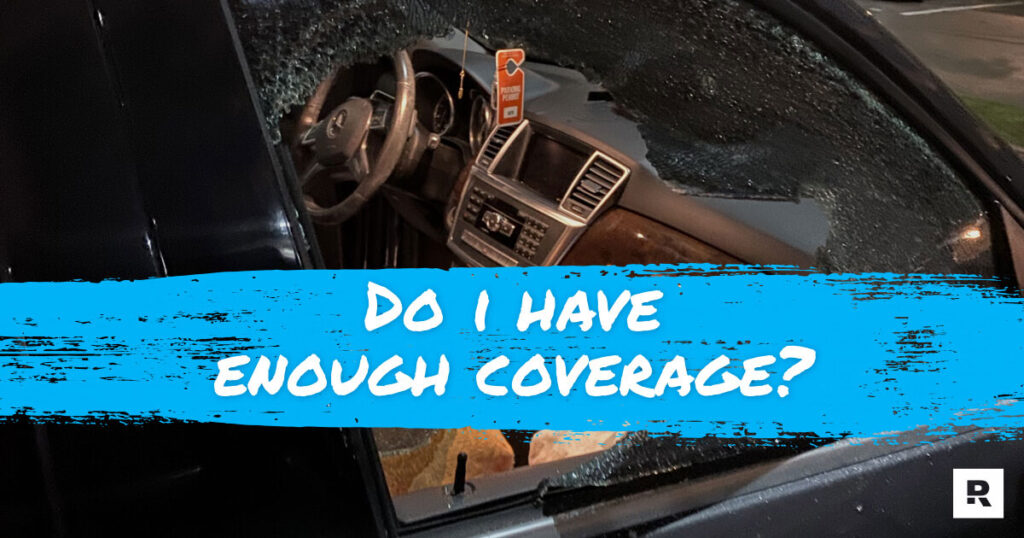HOA Homefront — Reader Questions: Rising HOA insurance rates and broker advice

Q: Our community’s liability insurance policies are up for renewal soon. Some neighboring associations are reporting ten-fold increases in fire insurance premiums due to brushfire proximity concerns. Even though our community does not appear to be in a fire-prone area according to real estate sources, are we in for a huge shock?
B.C., Rancho Santa Margarita.
A: Many of my client associations have also had an increasingly difficult time with the rapidly increasing cost of insurance coverage protecting against damage to the property. To bring some insurance expert guidance into the discussion, I contacted Michael Berg, of Berg Insurance in Lake Forest, and Scott Litman of the Scott Litman Insurance Agency in Calabasas, two leading insurance brokers known for serving HOAs.
As to the outlook for insurance premiums, Litman said “unfortunately, this is going to be a long-term problem. According to reports, claims for wildfires are increasing substantially each year.” Michael Berg explains that placement of property damage insurance is not hard for every community, but “only those that are experiencing a challenging claim history or located in wildfire hazard zones.” For those communities, he states “placement will continue to be a challenge.”
I asked our experts, how can HOAs maximize their insurance dollars? Berg said HOAs should make sure their broker specializes in HOAs to make sure that the HOA has the right advice in making the business decision for their community. Litman suggested exploring changing the HOA’s approach to “bare walls” insurance, which often requires an amendment to the CC&Rs. He said this could reduce the premium about 5%, depending upon the insurance company.
Bare walls insurance means the HOA only insures for the shell of the residence –the interior is only restored to the drywall, excluding fixtures (cabinets, sinks, etc), finishes (carpet, wallcovering) and interior contents. Many of my condominium client associations have moved in that direction, but first the CC&Rs must be examined. As Mr. Litman stated, it may require a CC&R amendment to align the HOA’s insurance responsibility with its damage responsibility. Also, if the HOA adopts a “bare walls” approach, some reasonable advance notice should be provided to homeowners, so they are not exposed to major uninsured loss after the HOA insurance changes. Before pursuing bare walls as an insurance option, consult experienced HOA legal counsel on this important issue.
Another technique many HOAs use is to reduce the cost of insurance is to increase deductibles, and many HOAs already have pursued that strategy, requiring the HOA to be prepared to absorb a greater out of pocket loss.
I asked the experts about common mistakes they see regarding HOA insurance. To Mr. Berg, “the biggest mistake is ignoring the business relationship with their insurance provider.” Scott Litman said, “we find a substantial amount of policies missing important coverages.” He recommended HOA boards and managers annually review their policies.
There are many excellent insurance experts serving California HOAs. Thanks to Michael Berg and Scott Litman for sharing their expertise and advice.
HOAs are better served if lawyers and insurance brokers communicate regarding their mutual clients. HOAs should review their insurance coverage to confirm that it matches its governing document responsibilities for insurance and damage.
Kelly G. Richardson, Esq. is a Fellow of the College of Community Association Lawyers and Partner of Richardson Ober DeNichilo LLP, a California law firm known for community association advice. Submit questions to [email protected]. Past columns at www.HOAHomefront.com.
This content was originally published here.




Responses